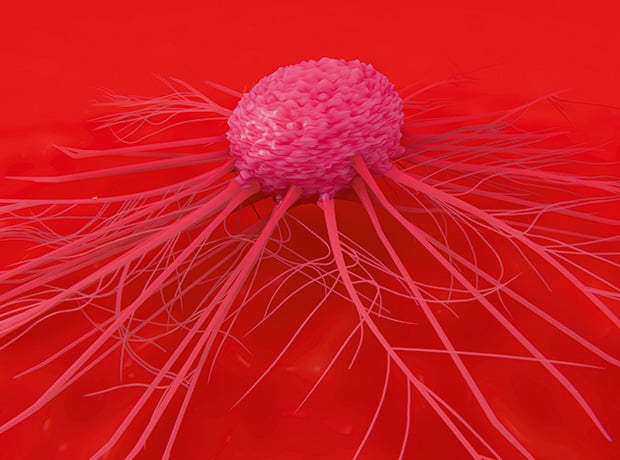Study finds ovarian cancer-treated women less likely to develop breast cancer

Combined, ovarian and breast cancer affect over 60,000 women in the UK every year
Researchers from Manchester University NHS Foundation Trust (MFT) have revealed that women treated for ovarian cancer caused by an inherited fault gene have a lower risk of developing breast cancer following treatment.
The study published in Genetics in Medicine was supported by the National Institute for Health and Care Research’s Manchester Biomedical Research Centre.
Every year, ovarian cancer affects around 7,500 women, while breast cancer, the most common cancer in the UK, affects around 55,000 women in the UK.
MFT researchers reviewed the history of breast cancer in 701 women with ovarian cancer who had the faulty BRCA1 and BRCA2 genes, which greatly increase the risk of developing cancer when mutated.
After assessing the incidence of breast cancer by age group for up to 15 years following the diagnosis of ovarian cancer, researchers found that for those with the faulty gene, the likelihood of developing breast cancer in the first five years after an ovarian cancer diagnosis is significantly lower than for those without ovarian cancer.
For those with ovarian cancer and the BRCA2 gene, women had a breast cancer risk after ovarian cancer diagnosis of 3.3% at two years, 6.2% at five years, 10.4% at ten years, and 20.3% at 15 years, compared to 2.1% at two years, 5% at five years, 15% at ten years and 29.1% at 15 years in women with the faulty BRCA1 gene, who also had an increased risk between five and ten, and after ten years of follow-up, of developing breast cancer.
Professor Gareth Evans, consultant in medical genetics and cancer epidemiology, MFT and the University of Manchester, suggested this was because of “the effects of platinum-based chemotherapy”.
He added: “In women with good long-term life expectancy, the higher risks of breast cancer after ten years, particularly in BRCA1, should be discussed with their clinicians. This includes presenting all the available options, such as MRI screening and risk-reducing mastectomy.”







